Contents
In the ever-evolving landscape of fashion, the key to success lies in understanding and catering to the needs of consumers. Consumer-centric product development has emerged as a pivotal approach in the industry, placing the preferences, desires, and behaviors of customers at the forefront of the design and production process.
In this post, we delve into the concept of consumer-centric product development in fashion, exploring its significance, strategies, and impact on shaping the future of the industry.
What is consumer-centric product development?
Consumer-centric product development is an approach to creating products or services that place the needs, preferences, and behaviors of consumers at the forefront of the development process. In consumer-centric product development, the ultimate goal is to design and deliver offerings that meet or exceed the expectations of the target market.
Key aspects of consumer-centric product development
Consumer-centric product development revolves around putting the needs, preferences, and behaviors of consumers at the forefront of the product creation process.
Key aspects of consumer-centric product development include:
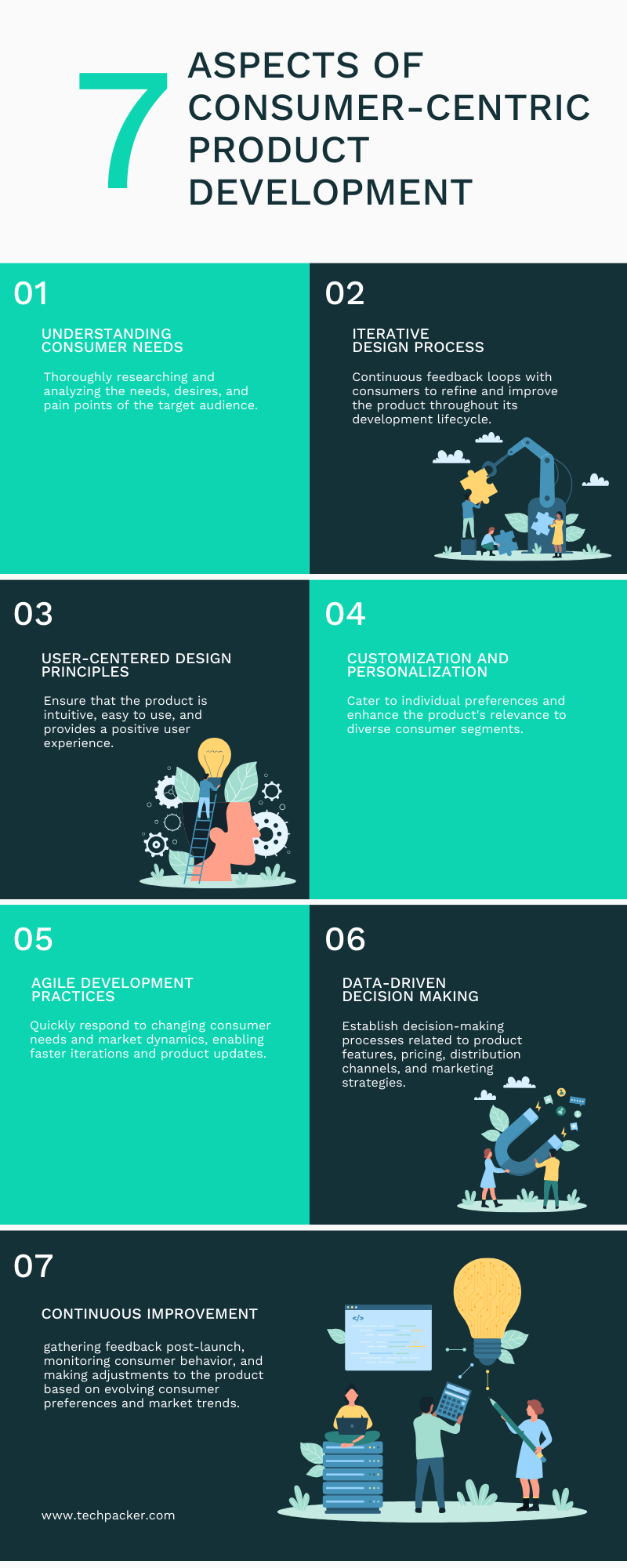
Understanding consumer needs
Understanding consumer needs involves thoroughly researching and analyzing the needs, desires, and pain points of the target audience through methods such as market research, surveys, focus groups, and user testing.
Nike regularly conducts market research to understand consumer preferences and lifestyle trends. Through surveys and focus groups, they gather insights into customers' athletic needs, fashion preferences, and performance expectations. This research informs the design and innovation of their sportswear and footwear products.
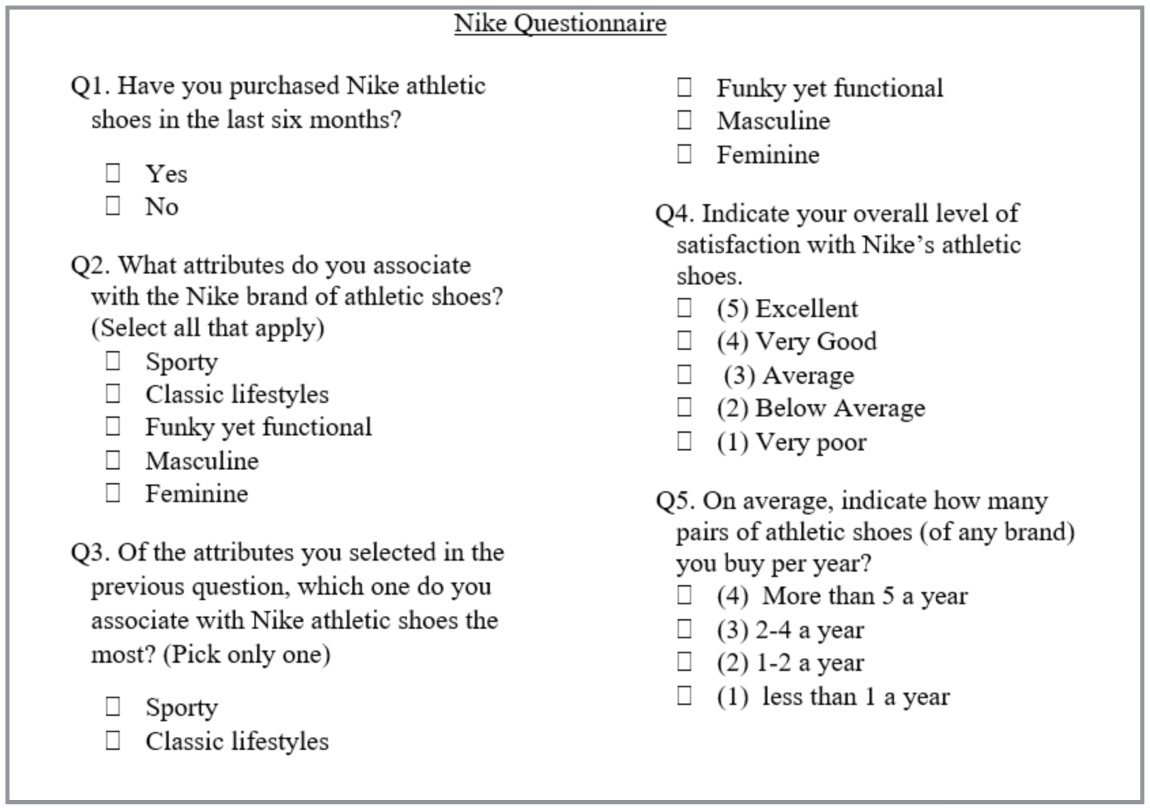
In addition to customer surveys, Adidas employs sophisticated market research techniques, including data analysis and consumer segmentation, to gain deep insights into the diverse needs of its target audience. By leveraging advanced analytics tools, they identify specific consumer segments, such as athletes, casual wearers, and trend-conscious consumers, and tailor their product offerings and marketing strategies accordingly.
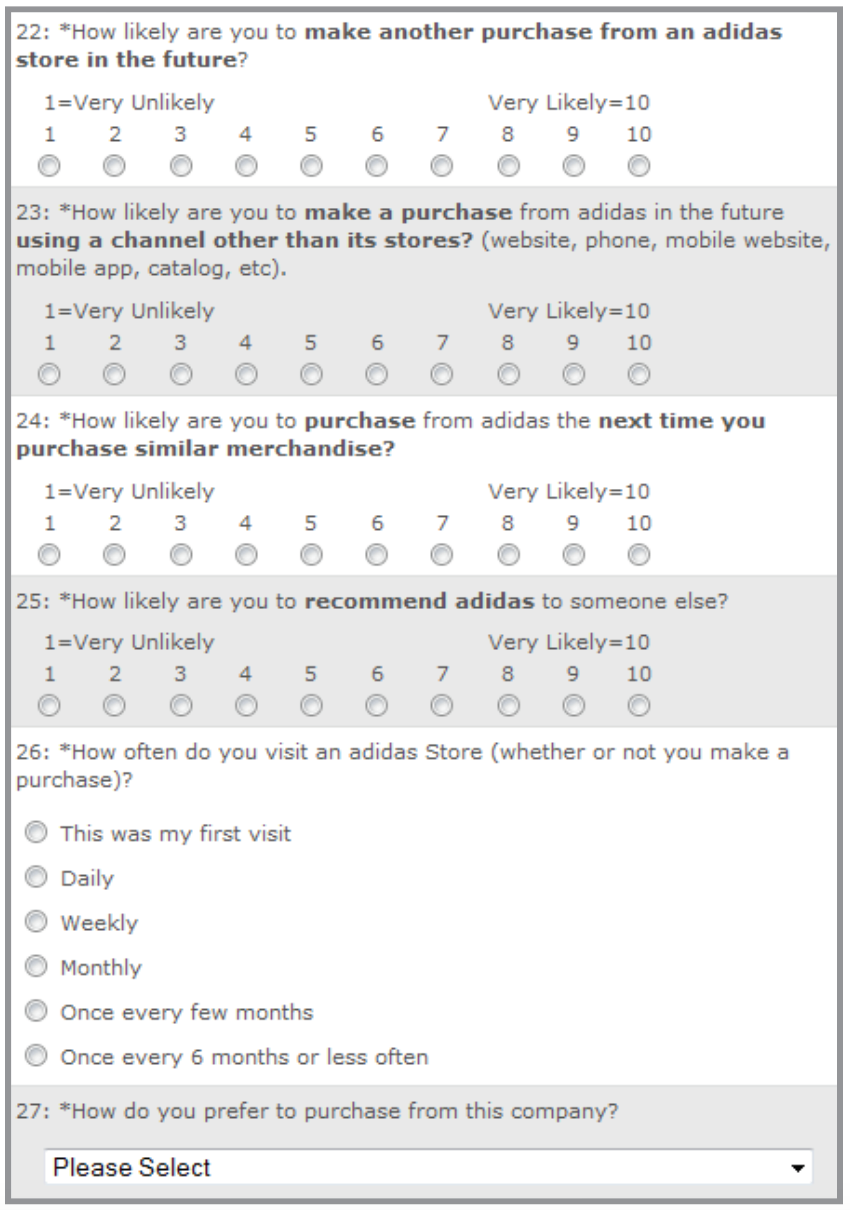
H&M conducts extensive surveys and focus groups to understand consumer preferences across different demographics and geographical regions. Through these research efforts, they gather feedback on style preferences, sizing issues, and sustainability concerns. This information guides H&M's product development process, ensuring that their clothing collections resonate with a wide range of customers.
Sign up for our FREE membership and get access to
All premium articles
E-courses and ebooks
Ad-free experience
Tech pack templates
Iterative design process
Employing an iterative design process involves continuous feedback loops with consumers to refine and improve the product throughout its development lifecycle.
Some brands engage consumers in the product development process through co-creation initiatives. For example, Burberry launched the "Burberry Bespoke" program, allowing customers to customize trench coats by choosing fabrics, colors, and details.
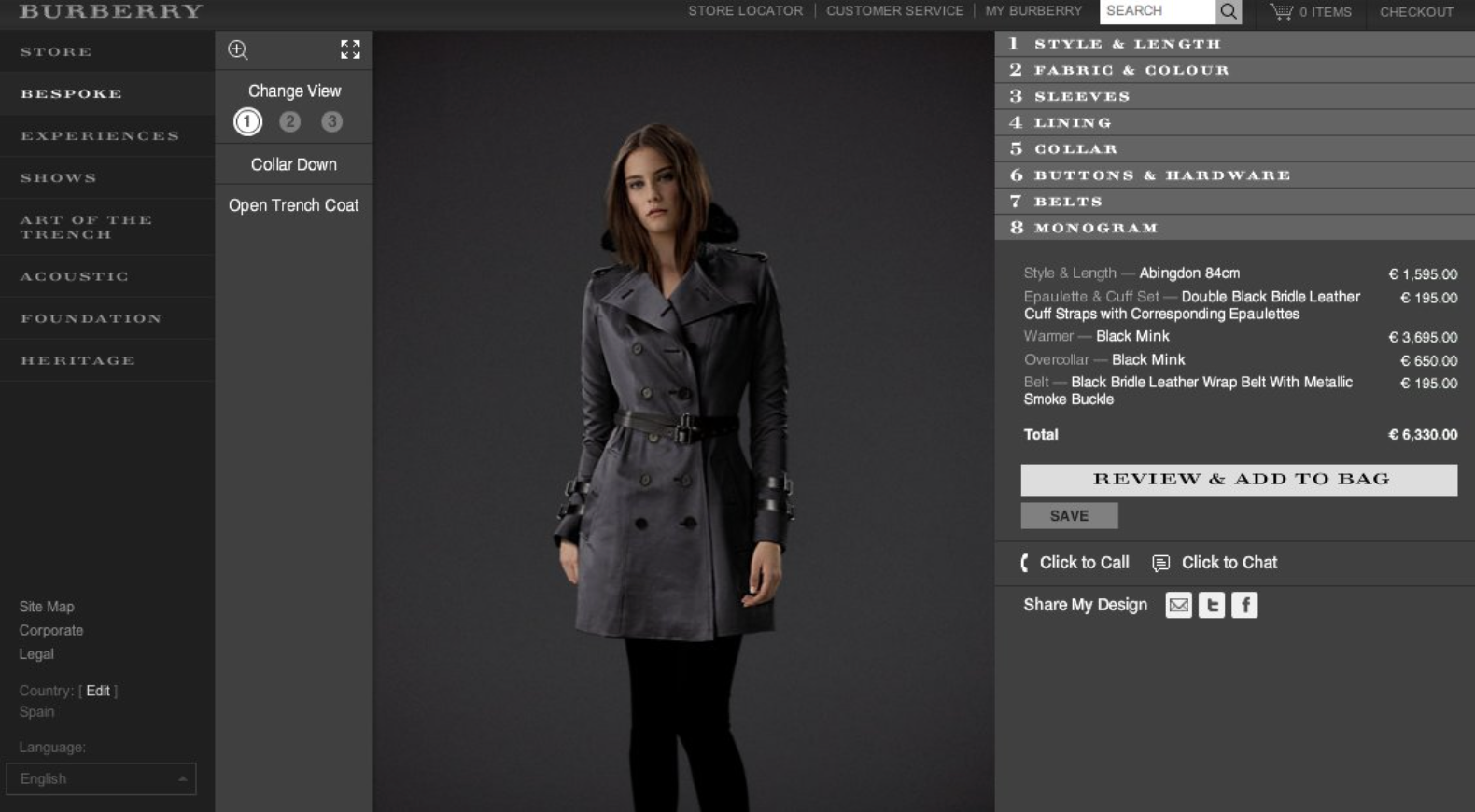
Fast fashion brands like Zara and H&M continuously monitor consumer trends and preferences to quickly design and produce new collections that align with current fashion trends. They use consumer feedback and sales data to iterate and improve product offerings rapidly.
User-centered design principles
Applying principles of user-centered design ensures that the product is intuitive, easy to use, and provides a positive user experience.
Lululemon applies user-centered design principles by designing athletic apparel that enhances performance and comfort for active individuals. They conduct extensive research and user testing to understand athletes' needs and preferences, resulting in innovative features like moisture-wicking fabrics, four-way stretch, and ergonomic seam placement.
Everlane is known for its transparent pricing and ethical manufacturing practices, aligning with user-centered design principles of honesty and integrity. They prioritize transparency by providing detailed information about their supply chain, production processes, and pricing breakdowns, empowering consumers to make informed purchasing decisions based on their values and preferences.
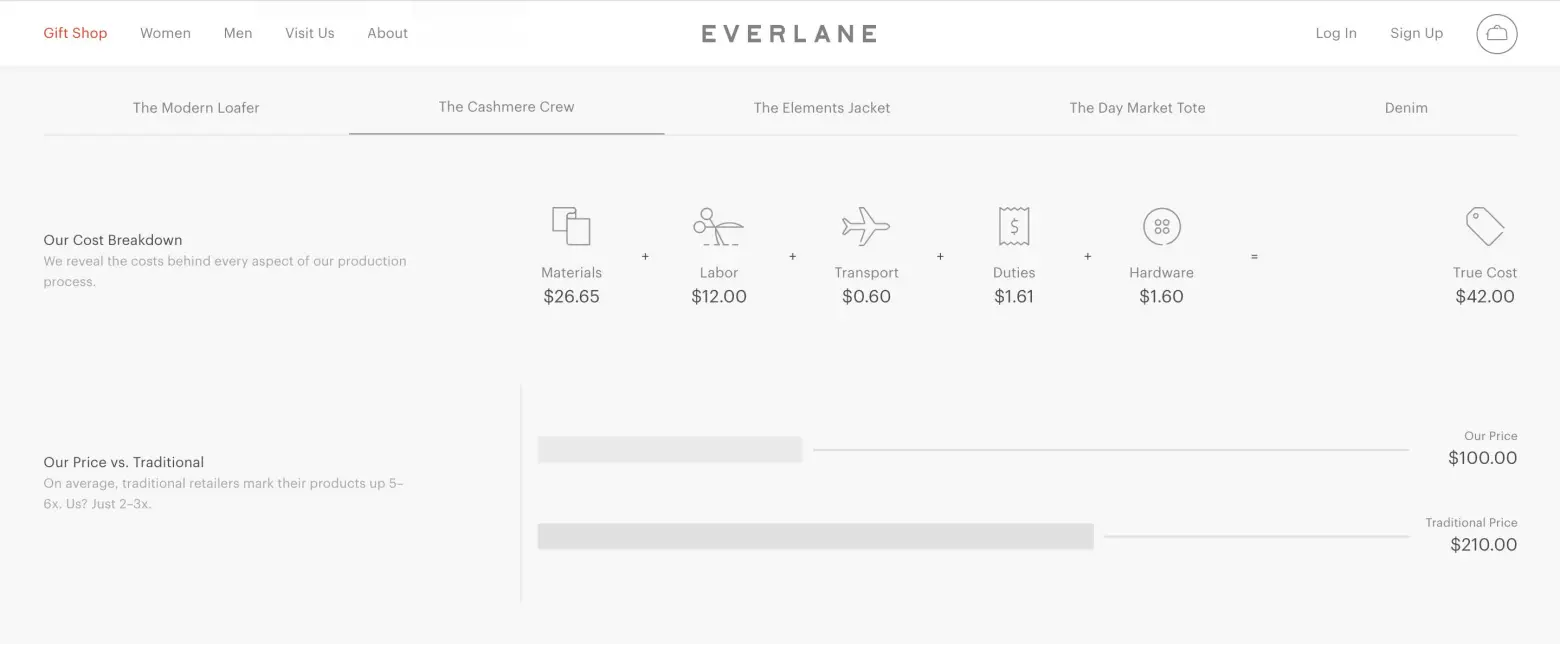
Increasingly, consumers are prioritizing sustainability when making purchasing decisions. Fashion brands like Patagonia and Everlane focus on eco-friendly materials, ethical manufacturing practices, and transparent supply chains to meet the growing demand for sustainable fashion options.
Customization and personalization
Involves offering customization options or personalized features to cater to individual preferences and enhance the product's relevance to diverse consumer segments.
Brands like Nike and Adidas offer online customization tools that allow customers to personalize their footwear or apparel, selecting colors, materials, and design details according to their preferences.
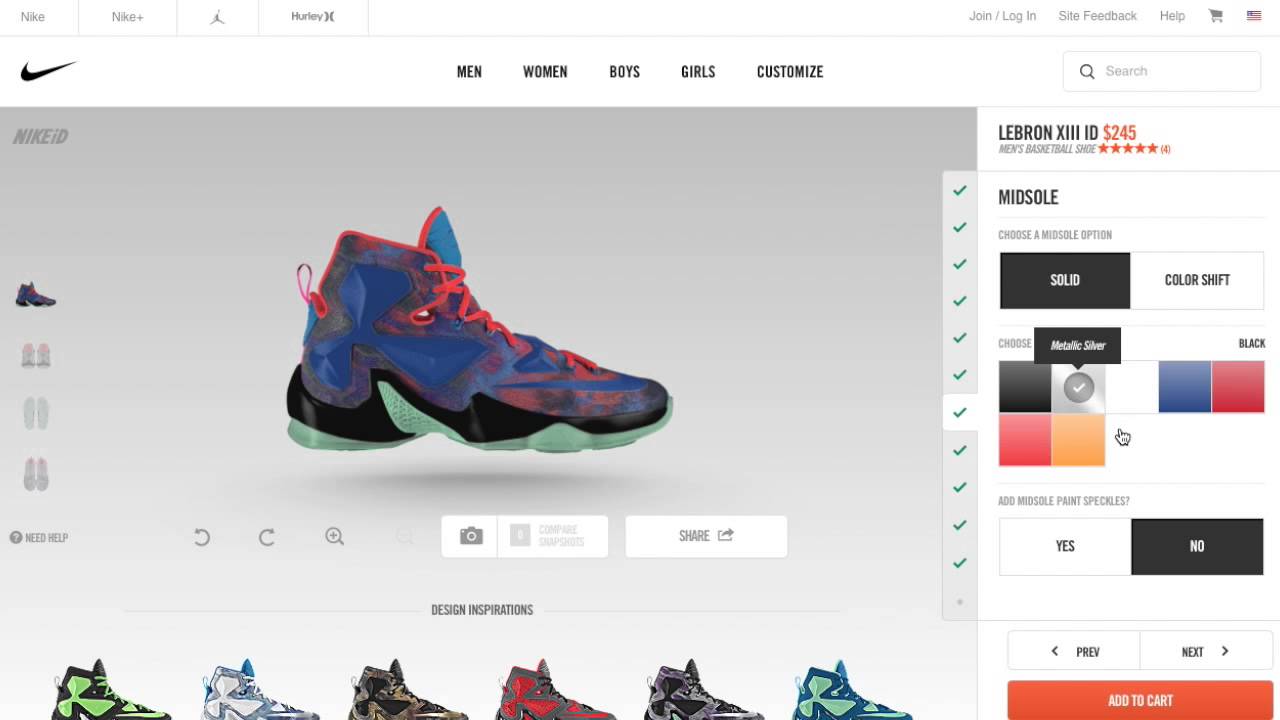
Agile development practices
Agile development methodologies are applied to quickly respond to changing consumer needs and market dynamics, enabling faster iterations and product updates.
PLM systems play a significant role in product development, enabling fashion brands to adapt to market dynamics, accelerate the release of new products, and streamline sample-making and production processes.
Techpacker offers a comprehensive suite of PLM capabilities essential for agile product development practices. With the help of Techpacker tools fashion brands can significantly shorten time-to-market.
Data-driven decision making
Leveraging data analytics and consumer insights to inform decision-making processes related to product features, pricing, distribution channels, and marketing strategies.
For instance, Rollie Nation, a famous Australian footwear brand, employs Techpacker’s tools to stay abreast of customer demand and promptly replenish materials for their best-selling styles.
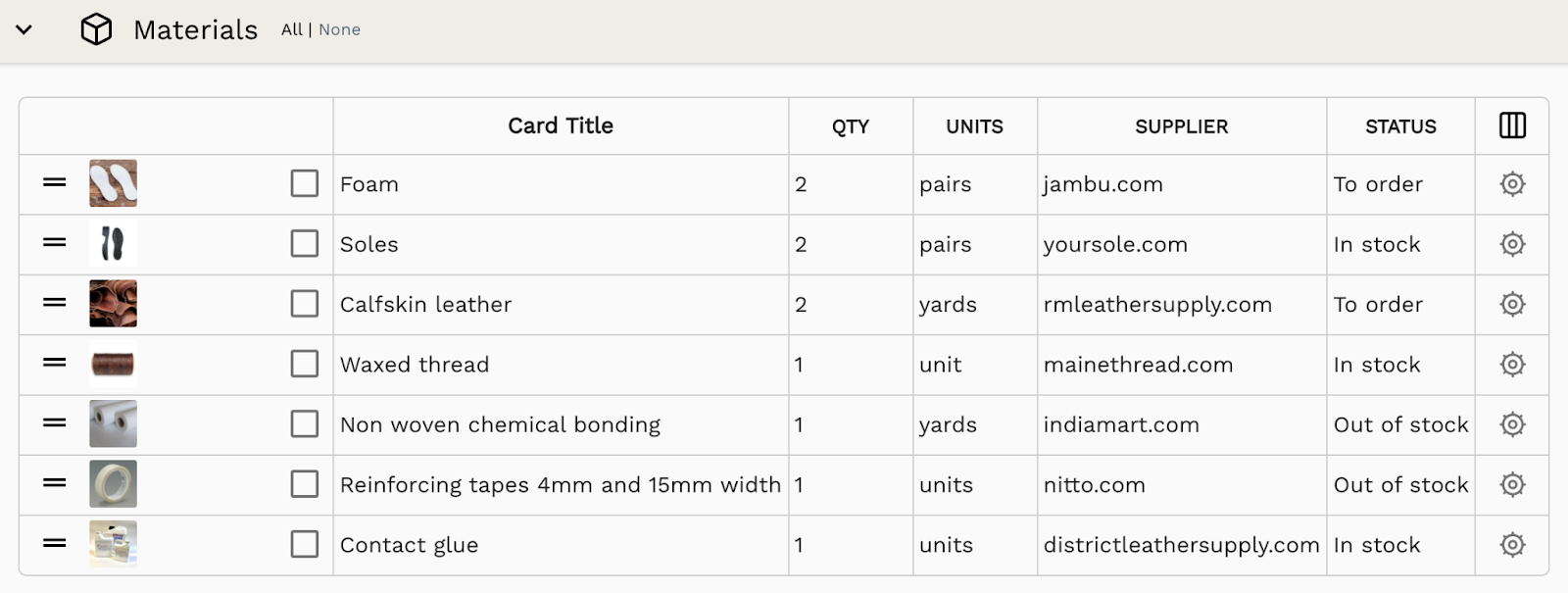
Continuous improvement
Committing to continuous improvement by gathering feedback post-launch, monitoring consumer behavior, and making adjustments to the product based on evolving consumer preferences and market trends.
Overall, consumer-centric product development aims to create offerings that resonate with consumers, foster brand loyalty, and drive long-term success in the marketplace.
Difference between consumer-centric product development and innovative product development
Consumer-centric product development and innovative product development are two approaches to creating products, each with distinct focuses and goals:
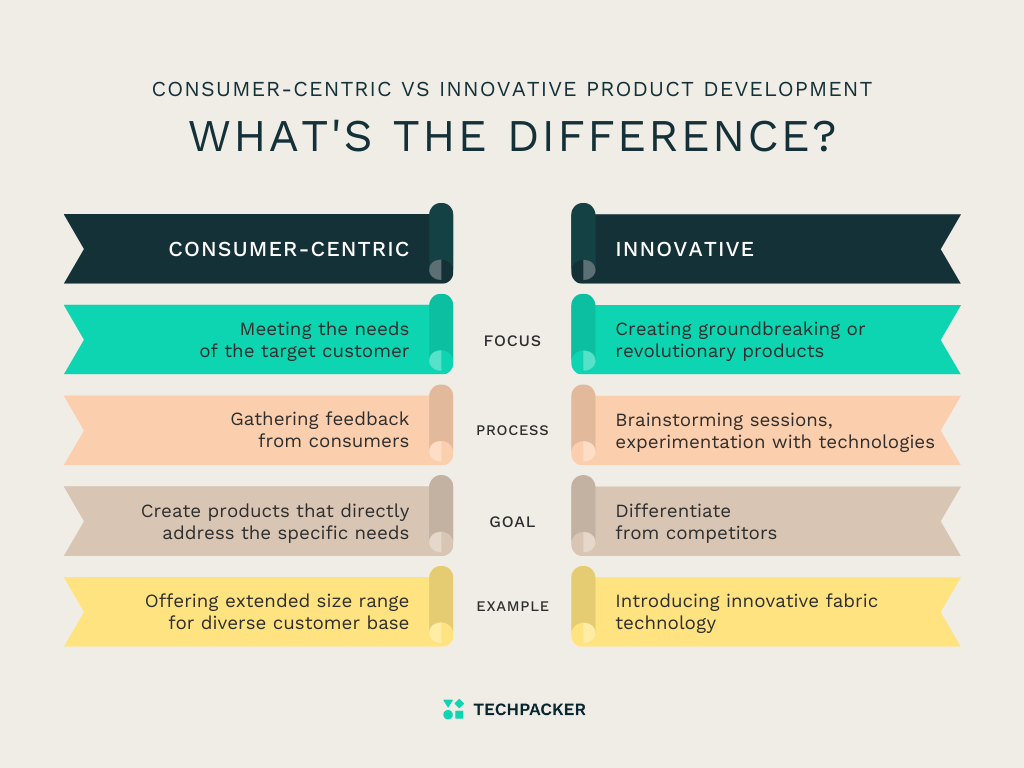
Consumer-Centric Product Development:
- Focus: This approach revolves around understanding and meeting the needs, preferences, and desires of the target consumers.
- Process: It involves extensive market research, gathering feedback from consumers, analyzing consumer behavior and trends, and incorporating consumer insights into every stage of the product development process.
- Goal: The primary goal is to create products that directly address the specific needs and wants of the target market, leading to higher customer satisfaction and loyalty.
- Example: Many fashion brands have started offering extended size ranges to cater to a diverse customer base. For instance, brands like Universal Standard and Madewell have expanded their size ranges to be more inclusive of different body types.
Innovative Product Development:
- Focus: This approach emphasizes creating groundbreaking or revolutionary products that introduce new technologies, features, or functionalities to the market.
- Process: It often involves brainstorming sessions, experimentation with new technologies, materials, or design concepts, and pushing the boundaries of what is currently available in the market.
- Goal: The primary goal is to disrupt the market, differentiate from competitors, and capture consumer attention by offering something unique, novel, or cutting-edge.
- Example: Uniqlo introduced Heattech clothing, which uses innovative fabric technology to generate and retain heat, keeping wearers warm in cold weather conditions. This line of clothing has become popular for its ability to provide warmth without adding bulk.
In summary, while consumer-centric product development focuses on meeting the specific needs and preferences of consumers through research and feedback, innovative product development aims to introduce groundbreaking products that push the boundaries of what is currently available in the market. Both approaches play essential roles in driving product success and satisfying consumer demands.


